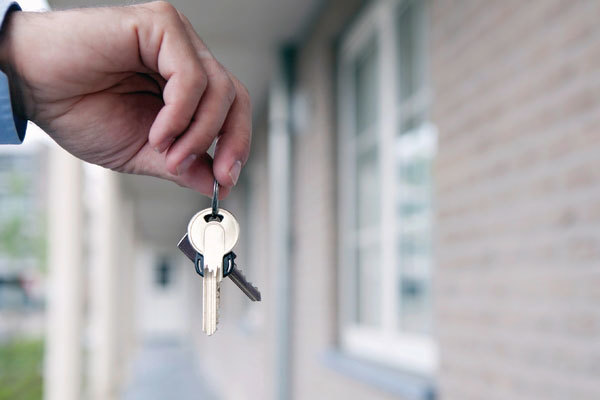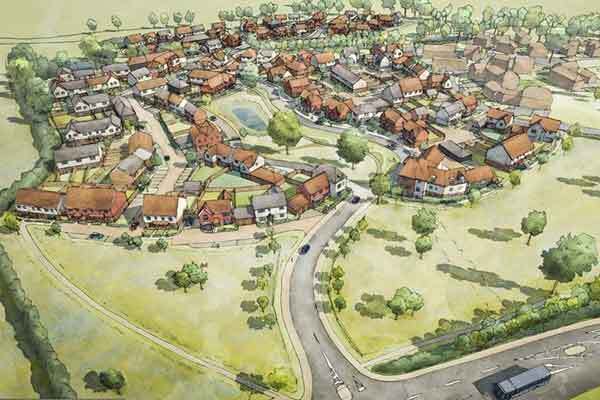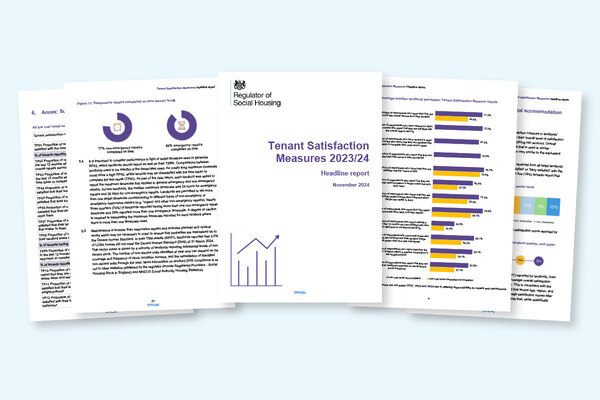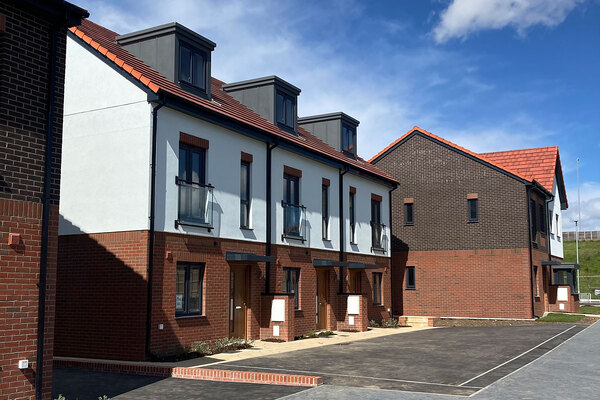You are viewing 1 of your 1 free articles
Vast majority of private renters earning under £30,000 are unable to access Help to Buy support
Fewer than two in every 100 private renters that earn under £30,000 have been able to secure their first home under the government’s Help to Buy scheme, according to new analysis from Shelter.
The charity has analysed data from the government’s latest English Housing Survey data to reveal that only 4,142 households with incomes of £30,000 or less were successful in securing homes through the Help to Buy in 2018/19, compared with nearly 2.78 million people in this income bracket living in privately rented homes.
The numbers differ drastically from the 27,000 households which earned more than £50,000 that were able to use the scheme. This is compared with 869,174 private renters in this wage bracket.
The figures also reveal that 5,509 households that earned a gross income of £80,001 or more across the year used the scheme in 2018/19.
The Help to Buy Scheme was announced by then-chancellor George Osborne in 2013 as a way of getting first-time buyers who could keep up with mortgage payments but found it difficult to raise the initial deposit to buy their new home onto the property ladder.
Under the scheme, the government offers a 20% (40% in London) equity loan to potential buyers in exchange for them paying a 5% mortgage for properties with a value up to £600,000. Once the house is sold, the government reclaims the loan and can make a profit if the value of the property has gone up.
The scheme has come under a lot of criticism in recent times, with a National Audit Office report in June finding that around three-fifths of the people that had used the scheme could already afford a home.
Polly Neate, chief executive of Shelter, said its latest analysis showed that the Help to Buy Scheme had been a “major failure”.
She said: “It’s a policy that boosts the bank balances of big developers but has nothing to offer the average renter.”
The Shelter report also analysed the profits of the country’s largest house builders and found that, in some cases, profits had increased by over 300% since 2013.
The analysis found that Barratt had seen the average profit it made on each unit build hit £53,542 in 2019, up 325% from 2013 when the average profit per unit was £14,053. This came despite the house builder increasing its supply by 12%.
Persimmon saw an increase of 123% in profits per unit between 2013 and 2019, while also boosting supply by 12%.
The builder has seen its supply of new housing increase by 32% between 2013 and 2019, despite profits increasing from £28,591 per unit in 2013 to £67,155 in 2019.
An Ministry of Housing Communities and Local Government spokesperson said: “Whatever your background or postcode, you should have the opportunity to buy a place to call your own.
“So far Help to Buy schemes have been used over 500,000 times to help families across England buy their home and we are determined to go further to help people on lower incomes onto the housing ladder.
“That’s why this week we announced a new shared ownership scheme which will allow people on lower incomes buy their home in 1% chunks.”









